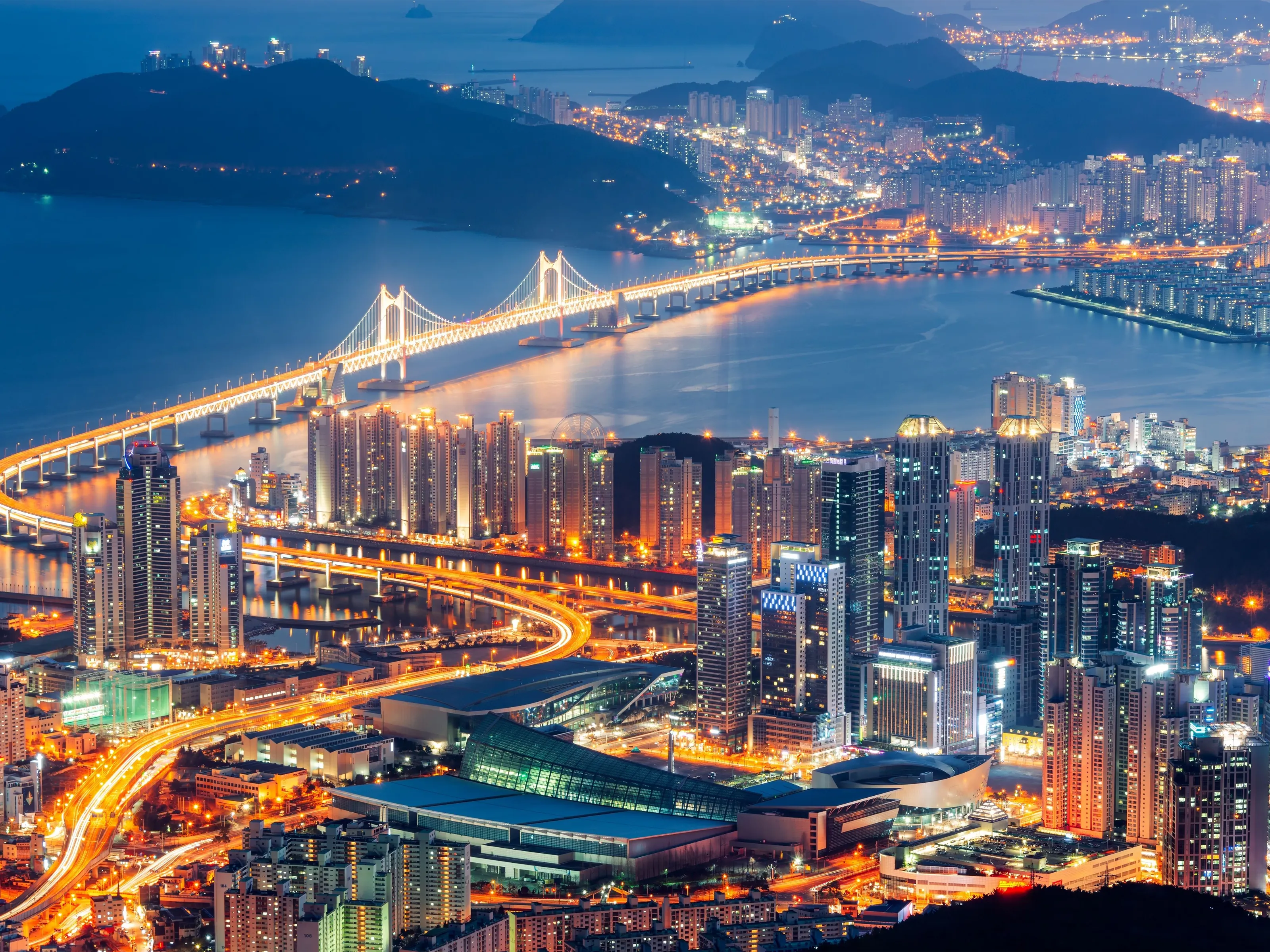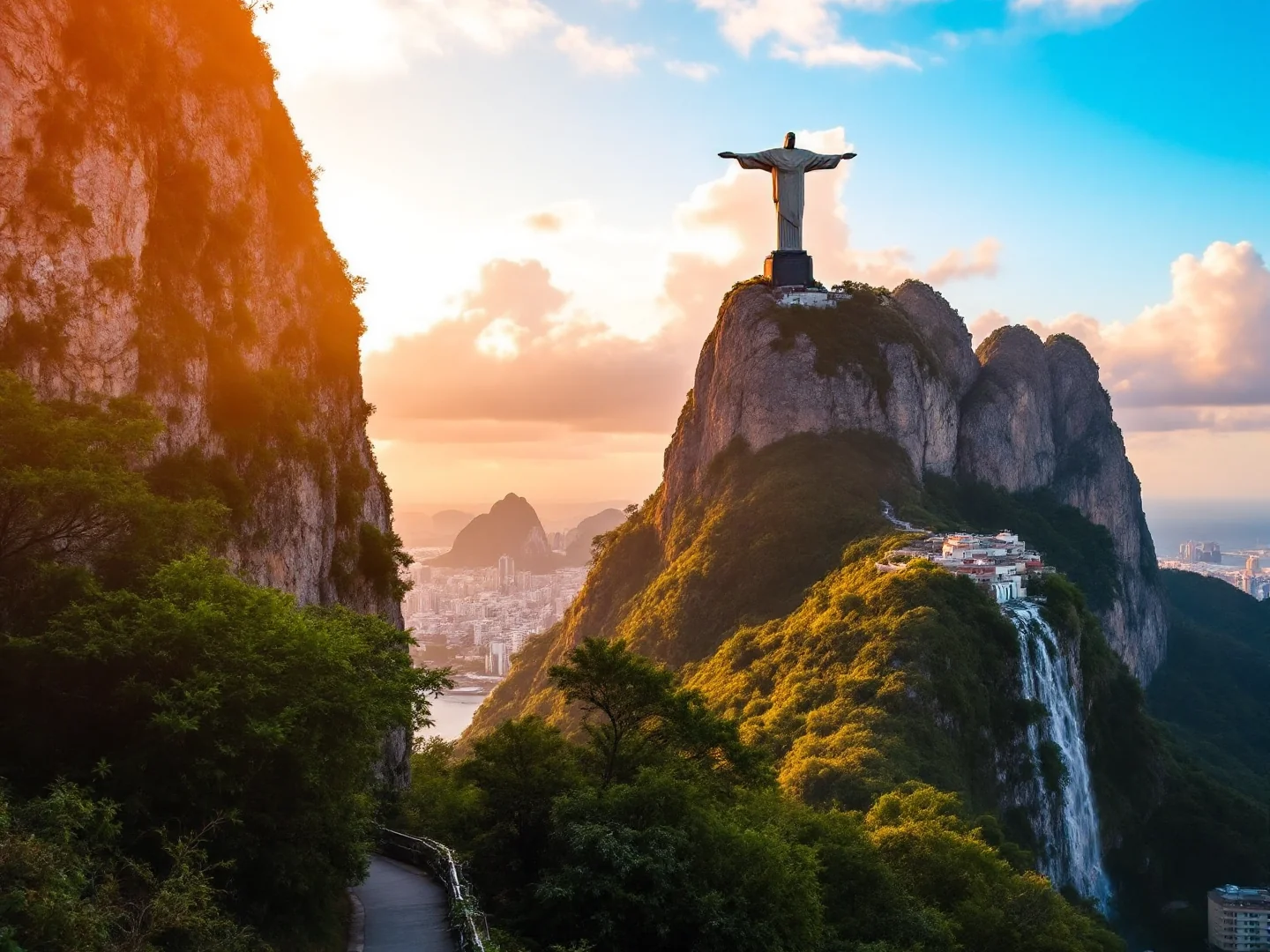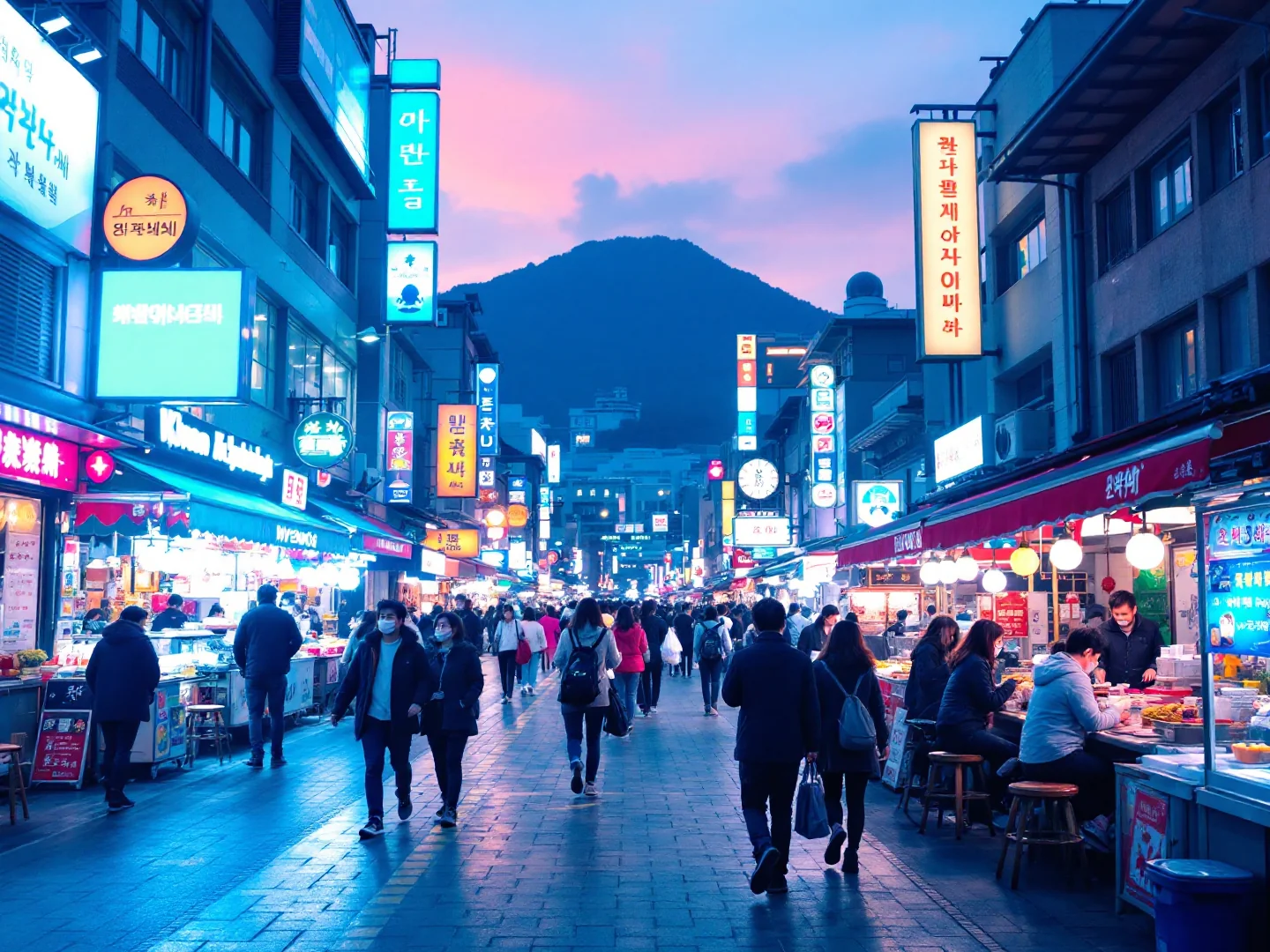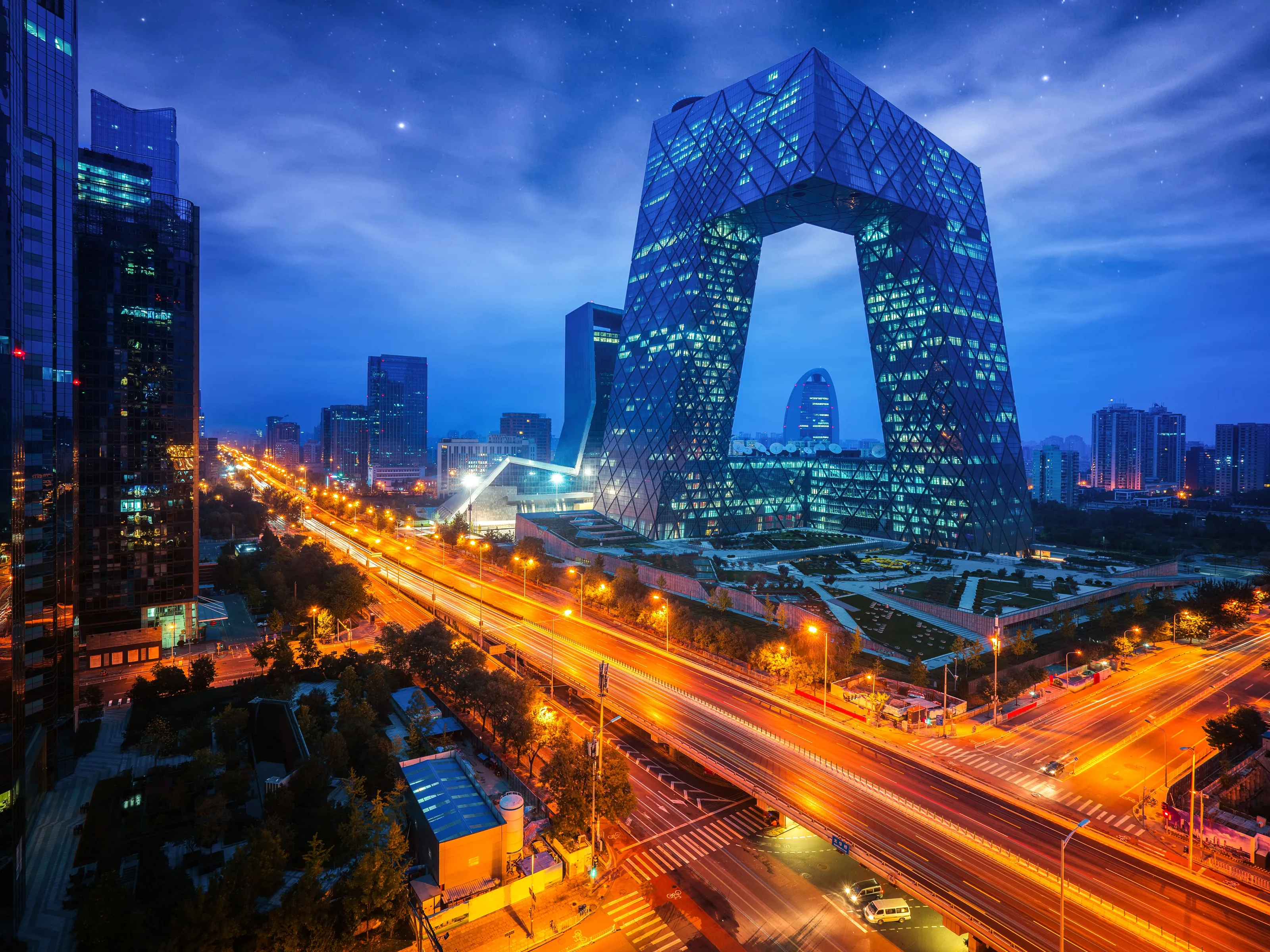Why Visit Jeju Island?
Jeju mesmerizes as South Korea's honeymoon island where Hallasan Mountain's 1,950-meter volcanic cone dominates horizons, Seongsan Sunrise Peak's tuff crater rises dramatically from ocean, and Manjanggul Lava Tube's 7km underground passage (1km open to visitors, ₩4,000) showcases Earth's geological power on this UNESCO-listed volcanic wonderland. Korea's largest island (pop. 670,000 on 1,849 km²) floating 90km south of mainland developed unique culture—matriarchal haenyeo women divers (free-diving grandmothers harvesting sea urchin and abalone without oxygen tanks, UNESCO cultural heritage), distinct dialect incomprehensible to mainland Koreans, and visa-free status attracting Chinese tourists and Korean honeymooners.
Hallasan National Park's summit hike (9-10 hours round-trip, strenuous) reaches Korea's highest peak with crater lake—shorter Eorimok or Yeongsil trails (3-4 hours) satisfy less ambitious hikers. Seongsan Ilchulbong (Sunrise Peak, UNESCO, ₩5,000) rewards 30-minute climb to extinct crater rim with 360° ocean views—arrive at dawn for namesake sunrise. The volcanic legacy shows everywhere: Manjanggul Lava Tube's cathedral-size passages formed by flowing lava, Cheonjiyeon and Jeongbang waterfalls cascading to ocean, and black volcanic rock dotting green landscapes with stone harubang grandfather statues (island symbols).
Beaches fringe the coast: Hyeopjae/Hamdeok for white sand and turquoise water, Jungmun for surfing, and dramatic coastal cliffs along Olle Trail's 26 hiking routes circling the island. The food scene celebrates Jeju's bounty: black pork BBQ (Jeju's famous pork), raw seafood from haenyeo divers, hallabong tangerines, and abalone porridge. With rental cars essential (coastal road circuit, ₩50,000-80,000/day), Korean domestic tourism vibe, volcanic landscapes, and subtropical beaches (Korea's warmest), Jeju delivers volcanic adventure and beach relaxation.
What to Do
Volcanic Wonders
Hallasan Mountain Summit Hike
Conquer Korea's highest peak at 1,950m—a challenging 9-10 hour round-trip hike through diverse ecosystems to the crater lake (Baengnokdam). Start at 7am from Seongpanak or Gwaneumsa trails (5-6 hours up). Shorter alternatives: Eorimok (3-4 hours) or Yeongsil trails reach beautiful viewpoints without summiting. Summit routes no longer require strict online reservations for most hikers, but quotas/rules can change—check Hallasan National Park's official info before you go. Weather changes rapidly—bring layers, water, and snacks.
Seongsan Ilchulbong (Sunrise Peak)
UNESCO-listed tuff crater rising dramatically from the ocean (₩5,000 entry). Climb 30 minutes up 600 steps to the rim for 360° views—best at sunrise (arrive before dawn, around 5:30am in summer). After descending, watch the famous haenyeo women divers perform their traditional free-diving demonstrations at 1pm, 1:30pm, and 3pm.
Manjanggul Lava Tube
Walk through one of the world's longest lava tubes—7km total, with 1km open to visitors (₩4,000). The cathedral-like passages formed 200,000 years ago feature a 7.6m tall lava column (world's largest). Cool 11-21°C inside—bring a light jacket. Located on Jeju's east coast, 30 min from Seongsan.
Coastal Beauty
Hyeopjae & Hamdeok Beaches
Jeju's most stunning beaches with turquoise water and white sand (rare in Korea). Hyeopjae (west) offers emerald shallows perfect for families, with Biyangdo Island visible offshore. Hamdeok (northeast) provides sheltered swimming with a crescent bay. Both have cafés and changing facilities. Visit June-September for swimming weather.
Coastal Road Scenic Drive
Circle Jeju's 181km coastal road (Routes 1132 & 1136) for dramatic ocean views, black volcanic cliffs, and wind turbines. Stop at Yongmeori Coast's layered rock formations, Jusangjeolli Cliffs' basalt columns, and Seopjikoji's coastal meadows. Rent a car—public transport misses most scenic spots. Full loop takes 3-4 hours without stops.
Island Culture & Cuisine
Haenyeo Women Divers
Watch UNESCO-recognized haenyeo (sea women) perform traditional free-diving without oxygen tanks, harvesting sea urchin, abalone, and octopus. These remarkable grandmothers (average age 70+) dive 10-20m deep holding their breath. Catch demonstrations at Seongsan or Haenyeo Museum (₩1,100). Their matriarchal culture shaped Jeju's unique society.
Jeju Black Pork BBQ & Fresh Seafood
Jeju's premium black pork (heukdwaeji) is a must-try—thicker and juicier than mainland pork. BBQ restaurants in Jeju City and Seogwipo serve it grilled tableside (₩25,000-40,000 per person). Pair with fresh haenyeo seafood: raw sea urchin, abalone porridge, grilled mackerel. Don't miss hallabong oranges (Jeju's sweet tangerines) and seafood haemultang stew.
Gallery
Travel Information
Getting There
- Airports: CJU
Best Time to Visit
April, May, September, October
Climate: Warm
Weather by Month
| Month | High | Low | Rainy days | Condition |
|---|---|---|---|---|
| January | 9°C | 6°C | 12 | Good |
| February | 10°C | 5°C | 11 | Good |
| March | 13°C | 7°C | 9 | Good |
| April | 14°C | 8°C | 7 | Excellent (best) |
| May | 21°C | 15°C | 9 | Excellent (best) |
| June | 25°C | 20°C | 12 | Good |
| July | 25°C | 22°C | 23 | Wet |
| August | 30°C | 26°C | 14 | Wet |
| September | 24°C | 20°C | 18 | Excellent (best) |
| October | 19°C | 15°C | 4 | Excellent (best) |
| November | 15°C | 11°C | 7 | Good |
| December | 9°C | 5°C | 8 | Good |
Weather data: Open-Meteo Archive (2020-2024) • Open-Meteo.com (CC BY 4.0) • Historical avg. 2020–2024
Budget
Excludes flights
Visa Requirements
Visa-free for EU citizens
💡 🌍 Traveler Tip (November 2025): Best time to visit: April, May, September, October.
Practical Information
Getting There
Jeju International Airport (CJU) connects Seoul (1hr, ₩40,000-80,000), Busan (50min). Ferries from mainland (overnight, less common). Airport buses to major areas (₩5,000-6,000). Taxis ₩15,000-40,000 depending on destination. Jeju is island—no land connections.
Getting Around
RENT CAR ESSENTIAL (₩50,000-80,000/day, drive on right)—island attractions spread out, public transport limited. Buses exist (₩1,200-1,500) but infrequent. Taxis expensive. Most tourists rent cars at airport. Coastal road circles island (2-3 hours drive). GPS essential. Some resorts provide shuttles.
Money & Payments
South Korean Won (₩, KRW). Exchange $1 ≈ 1,430-1,470₩, $1 ≈ 1,320-1,360₩. Cards widely accepted. Cash at small restaurants/markets. ATMs everywhere. Tipping not practiced—service included.
Language
Korean official. Jeju dialect distinct (locals speak standard Korean to tourists). English very limited—translation apps essential. Tourist signs have English. Communication challenging but navigation apps help (Naver Maps, Kakao Map in Korean).
Cultural Tips
Car rental: international license required, drive on right, roundabouts common (yield to left). Haenyeo culture: elderly women divers free-dive for seafood—respect tradition. Black pork: Jeju's premium product, must-try BBQ. Hallabong oranges: buy at markets. Hallasan: weather changes rapidly—bring layers, start early. Beaches: some have basalt rocks, not all sandy. Korean tourists: domestic honeymoon destination. Olle Trails: 26 routes, well-marked. Jeju more relaxed than mainland. Seafood ultra-fresh.
Perfect 3-Day Jeju Island Itinerary
Day 1: East Jeju
Day 2: South & West Coast
Day 3: Hallasan or More Beaches
Where to Stay in Jeju Island
Jeju City (North)
Best for: Capital, airport, hotels, restaurants, nightlife, practical, urban, transport hub
Seogwipo (South)
Best for: Waterfalls, Jungmun Beach, hotels, slower pace, attractions, coastal, scenic
Seongsan (East)
Best for: Sunrise Peak, haenyeo divers, lava tubes, quieter, rural, fishing villages, authentic
West Coast
Best for: Hyeopjae/Hamdeok beaches, O'sulloc tea fields, caves, less developed, peaceful
Frequently Asked Questions
Do I need a visa to visit Jeju Island?
What is the best time to visit Jeju Island?
How much does a trip to Jeju Island cost per day?
Is Jeju Island safe for tourists?
What are the must-see attractions in Jeju Island?
Popular Activities
Top-rated tours and experiences in Jeju Island
Ready to Visit Jeju Island?
Book your flights, accommodation, and activities






